An integrated forest management optimization model was developed to calculate potential spruce budworm (Choristoneura fumiferana Clemens) effects on forest and wood product carbon (C) from 2007 to 2057 and to evaluate potential C sequestration benefits of alternative management strategies (salvage, biological insecticide application). The model was tested using simulated spruce budworm outbreaks on a 210 000 ha intensively managed forest in northwestern New Brunswick, Canada. Under a severe spruce budworm outbreak scenario from 2007 to 2020, harvest volume and forest and wood product C storage in 2027 were projected to be reduced by 1.34 Mm3, 1.48 Mt, and 0.26 Mt, respectively, compared with the levels under no defoliation. Under the same severe outbreak scenario, implementation of salvage and harvest replanning plus a biological insecticide applied aerially to 40% of susceptible forest area, reduced harvest, forest C, and wood product C impacts by 73%, 41%, and 56%, respectively. Extrapolation of these results to all of New Brunswick suggests that a future severe spruce budworm outbreak could effectively increase total provincial annual C emissions (all sources) by up to 40%, on average, over the next 20 years. This modeling approach can be used to identify to what extent insecticide application, as a forest-C-offset project, could result in additional C storage than without forest and pest management.
Read full article
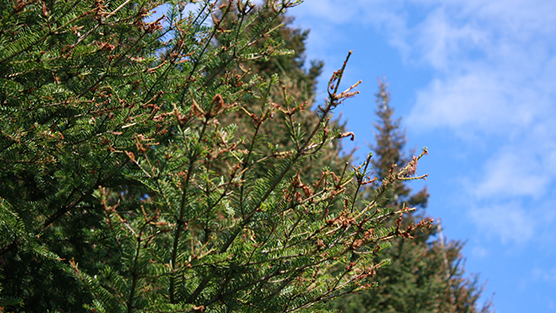

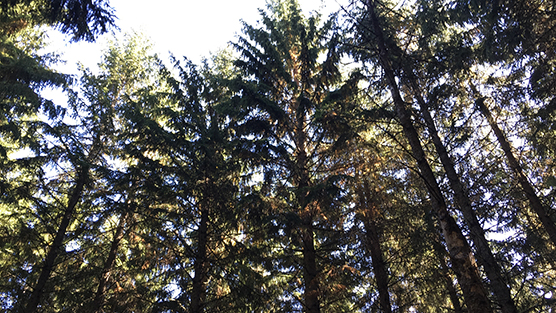
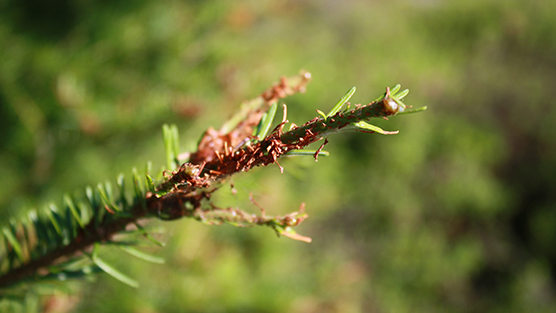
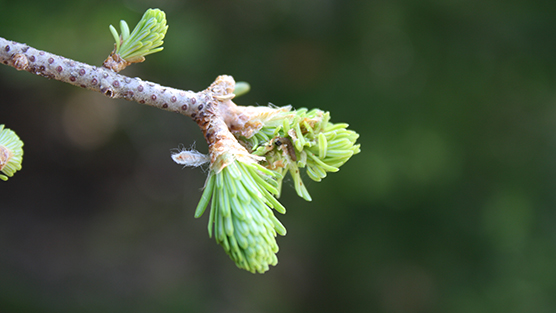
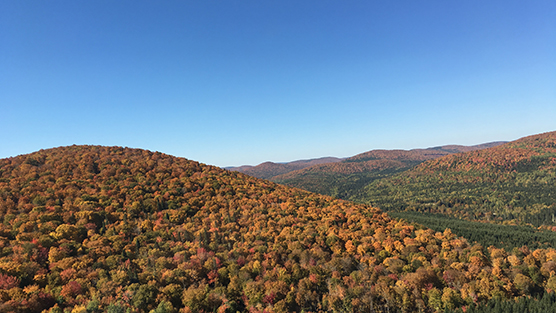
(1).png?n=7605)






.png)

